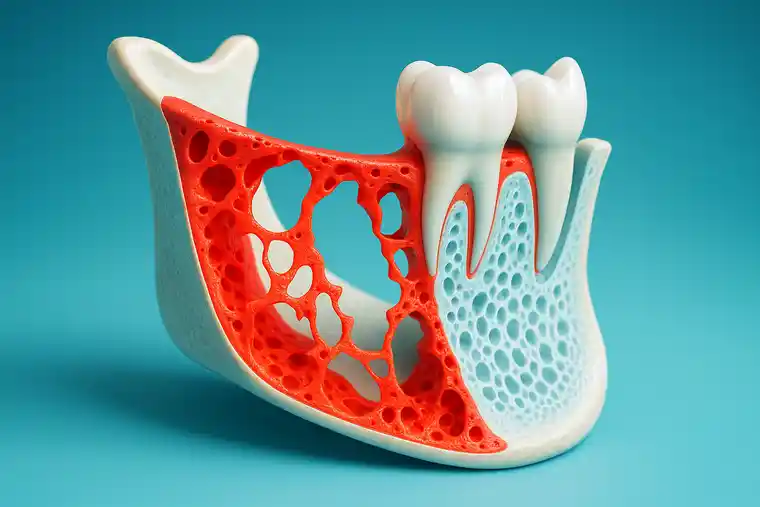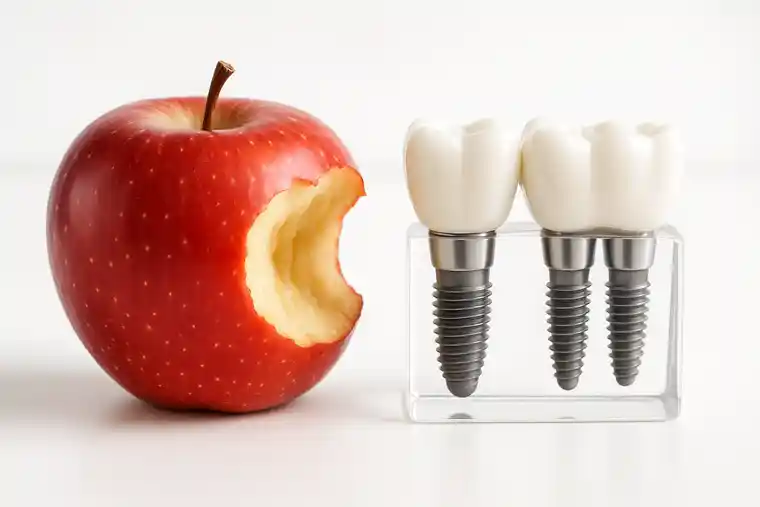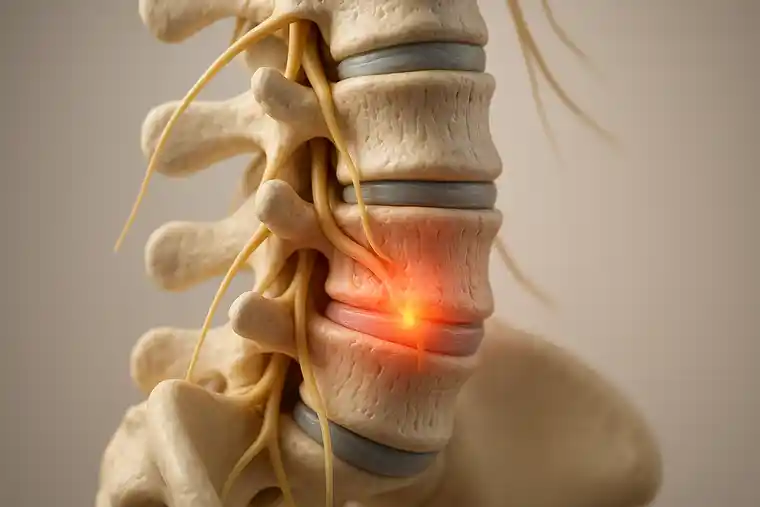Full Mouth Dental Implants in Istanbul, Turkey: Complete Guide & Protocols
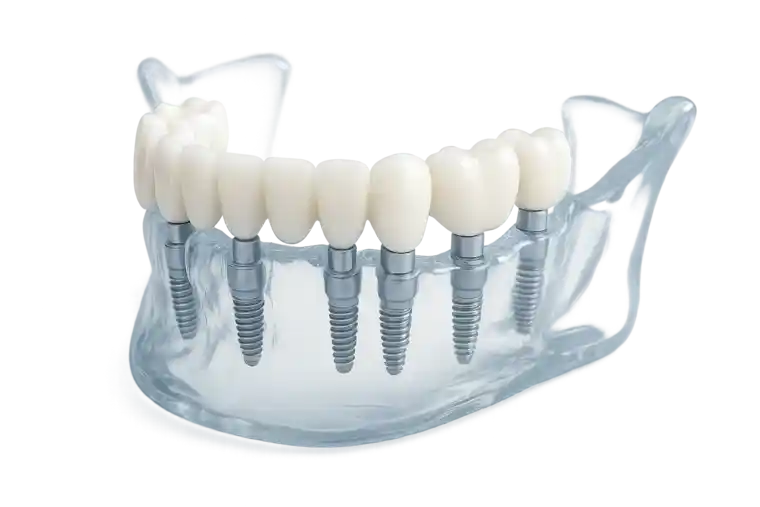
Written by Dr. Şükran Baycan, oral and maxillofacial surgeon (DentSpa)
What Are Full Mouth Dental Implants and How Do They Work?
If you are missing several teeth, you should consider a complete restoration, in which you will receive implants and new crowns and there will be no more gaps.
There are various models available, and your dentist will work with you to decide which one is best for you. These include All-on-4, All-on-6, and zygomatic implants. The best model for you will be selected based on your bone structure and dentition.
Here you can read everything you need to know about a complete restoration of your teeth, the different models, their differences, advantages and disadvantages, durability, and much more.
Let’s get started…
Table of Contents
Understanding Full Arch / Full Mouth Implant Rehabilitation
Full arch implant rehabilitation sounds complicated, but it is actually pretty simple. If you have lost all the teeth in your upper or lower jaw, instead of getting removable dentures, dentists place several dental implants into the jawbone.
These implants act like the roots of natural teeth. Once the bone heals around them, they are very secure. A bridge of natural-looking teeth is then attached to the implants so they stay in place all day and night.
Dr. Şükran Baycan, oral and maxillofacial surgeon at Dentspa, explains:
“Patients are always surprised when I tell them implants actually fuse with the bone, almost like a natural root. That’s why the teeth feel so strong and real.”
The best part is that you can eat, talk, and smile like yourself again. Some techniques even allow patients to leave the dental office with a full set of teeth on the very same day.
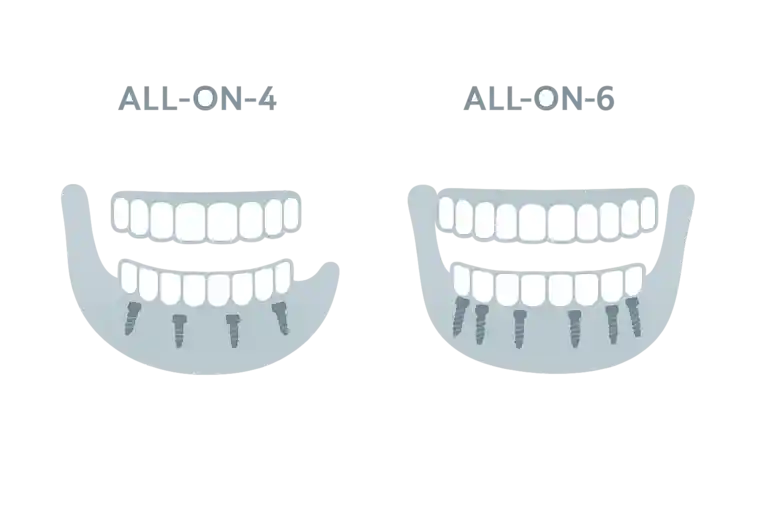
Types and Protocols: All-on-4, All-on-6 & Zygomatic
There is no one-size-fits-all when it comes to full arch treatment. Here are the most common options.
All-on-4 Protocol & Indications
This is one of the most popular choices. Four implants are placed across the jaw to support a full arch of teeth. Two go straight in the front, and two are placed at an angle in the back to use as much bone as possible.
Many patients love this option because they can often get their new teeth the very same day. It is recommended for patients with less severe bone loss.
Dr. Şükran opines that “All-on-4 is often my go-to when patients want something quick and affordable. Many walk in worried about dentures and walk out the same day, smiling with fixed teeth.”
Pros
- Fewer implants = lower cost
- Faster treatment, often same-day teeth
- Works well with moderate bone loss
- Minimally invasive compared to other options.
Cons
- Less stability than All-on-6
- May not last as long for patients with high bite force
- Not ideal for severe bone loss.
All-on-6 Protocol & Advantages
This option is similar to the all-on-4. However, it uses six implants instead of four. This gives it more stability and durability compared to the all-on-4.
It, however, costs more but can reduce long-term wear and stress on each implant. All-on-6s are great for patients with good jawbone who want extra stability.
According to Dr. Şükran, “All-on-6 gives me more confidence when a patient has a strong bite or grinds their teeth. The extra support makes the bridge last much longer.”
Pros
- Extra implants = stronger bite and more stability
- Better long-term durability
- Spreads chewing forces more evenly
- Lower risk of implant failure compared to All-on-4
Cons
- Higher cost than All-on-4
- Requires more bone support
- Slightly longer healing and surgery time
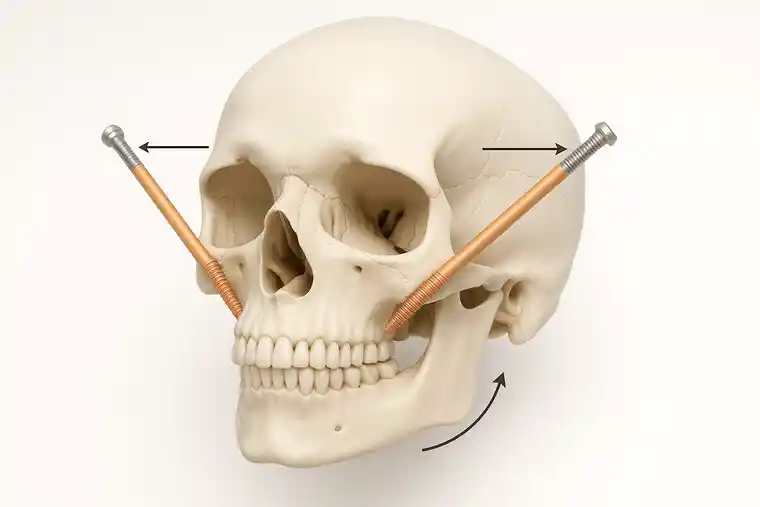
Zygomatic Implants
If you have very little bone left in the upper jaw, zygomatic implants may be the answer. These long implants anchor into the cheekbone which is very strong. This means you do not need to do major bone grafting.
Zygomatic implants require a very skilled dentist, but they have allowed many patients to get fixed teeth who thought it was impossible. They are recommended for people with severe jawbone loss who cannot support regular implants.
Dr. Şükran notes that “Zygomatic implants are life-changing. Many of my patients had been told they couldn’t have implants at all. When I explain we can use the cheekbone, the relief on their face is unforgettable.”
Pros
- Best solution for severe bone loss (no graft needed)
- Works even when traditional implants aren’t possible
- Often done in one surgery with immediate function
Cons
- Most expensive option
- More complex, requires an expert surgeon
- Healing and adjustment may take longer
- Limited availability (not every clinic offers it).
Comparing Methods: All-on-4 vs All-on-6 vs Zygomatic
Here’s a brief overview of key differences between All-on-4, All-on-6, and Zygomatic Implants.
| Factor | All-on-4 | All-on-6 | Zygomatic Implants |
|---|---|---|---|
| Cost | Most affordable because fewer implants and surgery time | Higher than all-on-4 due to the extra implants | Most expensive because they avoid grafting |
| Durability | 10 – 15 years | 15 – 20+ years | 20 – 25+ years |
| Stability | Good, but less than All-on-6 | Very strong, distributes bite evenly | Extremely strong, anchored in cheekbone |
| Treatment Time | Often same-day teeth | Slightly longer, but still same day | Can be immediate, but complex surgery |
| Bone Requirement | Moderate bone needed | Good bone support needed | Works even with severe bone loss |
| Best For | Patients with limited budget and moderate bone | Patients who want stronger, longer-lasting support | Patients with severe upper jaw bone loss (no grafts) |
How Much Do Full Mouth Dental Implants Cost?
Choosing the right treatment is a team effort between you and your dentist. The first step is a 3D scan of your jaw to see how much bone is available and where the nerves and sinuses are.
Your health, habits, and even how hard you bite are all considered. For example, someone who grinds their teeth at night might do better with six implants instead of four.
Your budget and your goals matter too. All-on-4 is considered the cheapest of the bunch, while Zygomatic implants are common with severe cases of jawbone loss.
Basically:
- All-on-4: Mild to Moderate Bone Loss + Want Faster, Cheaper Option
- All-on-6: Good Jawbone + Want Extra Stability & Durability
- Zygomatic Implants: Severe Bone Loss (upper jaw especially) + Don’t Want Bone Grafts
Longevity, Maintenance & Long-Term Success
What Affects Implant Lifespan
Full arch implants are built to last. When we talk about “longevity,” we mean the long-term success and stability of both the implants and the teeth attached to them, their survival, function, and the maintenance they may need over the years.
The latest research shows that over 95% of dental implants last longer than 7 years. Often, patients have their implants for much, much longer, with no repairs necessary for decades.
Minor improvements may sometimes be necessary on the crowns, but this is not a problem and can be easily remedied.
Long-Term Care & Follow-Up
It is important that you clean your teeth thoroughly and take good care of them so that the newly inserted implants and crowns last as long as possible. Please also remember to visit your dentist for a check-up once a year…
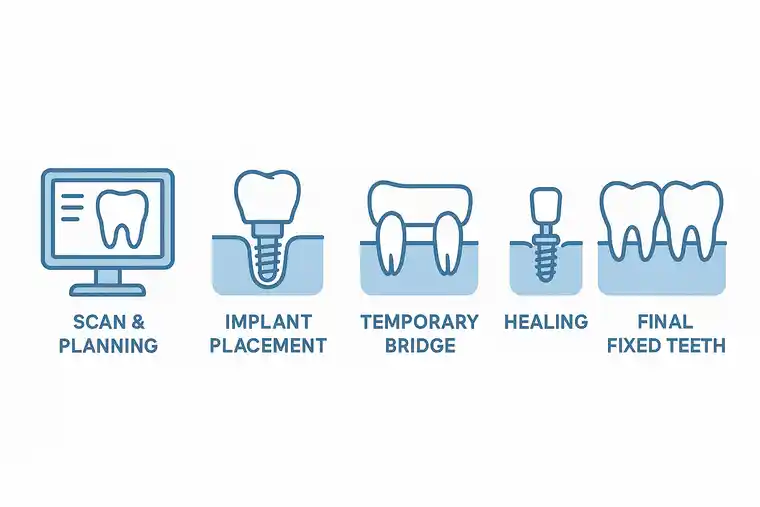
How the Procedure Works: Step-by-Step
You will probably be nervous because you think that it is difficult to insert implants and drill into the bone, but it is much easier than you think.
Here is what happens step by step.
1. Planning: Your dentist takes scans and impressions and designs your new smile.
2. Comfort options: You can have local anesthesia, sedation, or even sleep through the procedure, depending on what makes you feel relaxed.
3. Implant placement: The implants are placed carefully into the bone. Often, a temporary set of teeth is attached right away.
4. Healing: Over the next few months, the implants bond with the bone. During this time, you can eat soft foods and live normally.
5. Final teeth: Once healing is done, your permanent bridge is made and attached. These final teeth are beautiful and very strong.
Dr. Şükran reassures, saying that most patients say it was much easier and less painful than they expected. He further notes that the best part is walking out with a smile on the very first day.
Recovery & Healing: What to Expect After Full Mouth Implant Surgery
Life after full arch implants feels like freedom. Recovery is usually simple. There might be a little swelling or soreness for a few days, but medication keeps it under control. Learning how to clean around the implants takes a little practice but becomes second nature quickly.
According to Dr. Şükran, “Most patients recover faster than they expect. The hardest part is remembering to take it easy for a few days.”
Who Is a Candidate? Considerations & Contraindications
Full-arch implant rehabilitation restores confidence and smiles. But only if it’s done right.
Regardless of which full-arch implant rehabilitation protocol you choose, only a certified and experienced dentist can handle it properly. Choose a dentist who does these procedures often. Ask to see photos of their work and reviews.
Apart from getting the surgery done right, they’ll also consult with you and advise you on which protocol is best-suited for you.
Ensuring Success: Choosing the Right Clinic & Surgeon (Quality Matters)
In Istanbul, Turkey, DentSpa is trusted for all dental and cosmetic procedures. This may be because they have been in the game for over 25 years. They have also been named the Best Dental Clinic in Europe.
With over 50,000 success stories, their dentists have the experience and skill to perform your full-arch implant rehabilitation safely and successfully.
Book a consultation with DentSpa today.
For those who are inspired by this MedClinics blog, remember that your path to a new smile is just a phone call away. Anyone interested in finding out more should contact MedClinics. There you will be in the best hands.
Get a free consultation and a no-obligation quote now!
Stay Updated
Follow our blog for the latest in medical and aesthetic treatments, tips for maintaining healthy teeth, and inspiring patient success stories.

FAQ’s regarding Full Mouth Dental Implants in Istanbul, Turkey
How do full mouth implants really feel once they’re in?
Most patients tell me the same thing – after a few days, they forget the implants are even there. The bridge feels firm, solid, and natural, almost like their own teeth before they were lost. You can do everything you did also with your own teeth.
Is there a big difference between All-on-4 and All-on-6?
Not really a big one, no. The idea is the same — a full set of teeth on several implants. What changes is the number of screws that hold everything. With All-on-4 we use four, which is usually enough if there’s still good bone. If the bone is stronger or the bite is heavy, we sometimes go for six, just to spread the pressure a bit more. That’s pretty much it. Four is stable, six is just safer long-term. The rest — how it feels, how it looks — is the same.
What if I don’t have enough bone left for normal implants?
That’s exactly when zygomatic implants come into play. Instead of anchoring in the soft upper jaw, they’re placed into the cheekbone, which is incredibly dense. It means we can skip bone grafting and still give you fixed teeth. This is a very good solution for those patients, who don’t have enough bone left for other implants.
How long will I need to heal before everything feels normal again?
Surprisingly, not long. The first few days are mostly about rest and soft food. Discomfort fades quickly – most people say it’s far easier than they imagined. The implants themselves take a few months to fuse with the bone, but you’ll have temporary teeth during that time, so you never go without a smile.
How do I make sure my new teeth last?
Treat them well, like you would treat your own teeth, because they are now your own teeth. Brush well, clean around the bridge, and don’t skip your check-ups. If you smoke, try to stop; it really affects healing. I tell my patients one simple rule – “If you care for them, they’ll care for you.” Many people still have their full arch implants after twenty years, looking and feeling just as good as day one.

